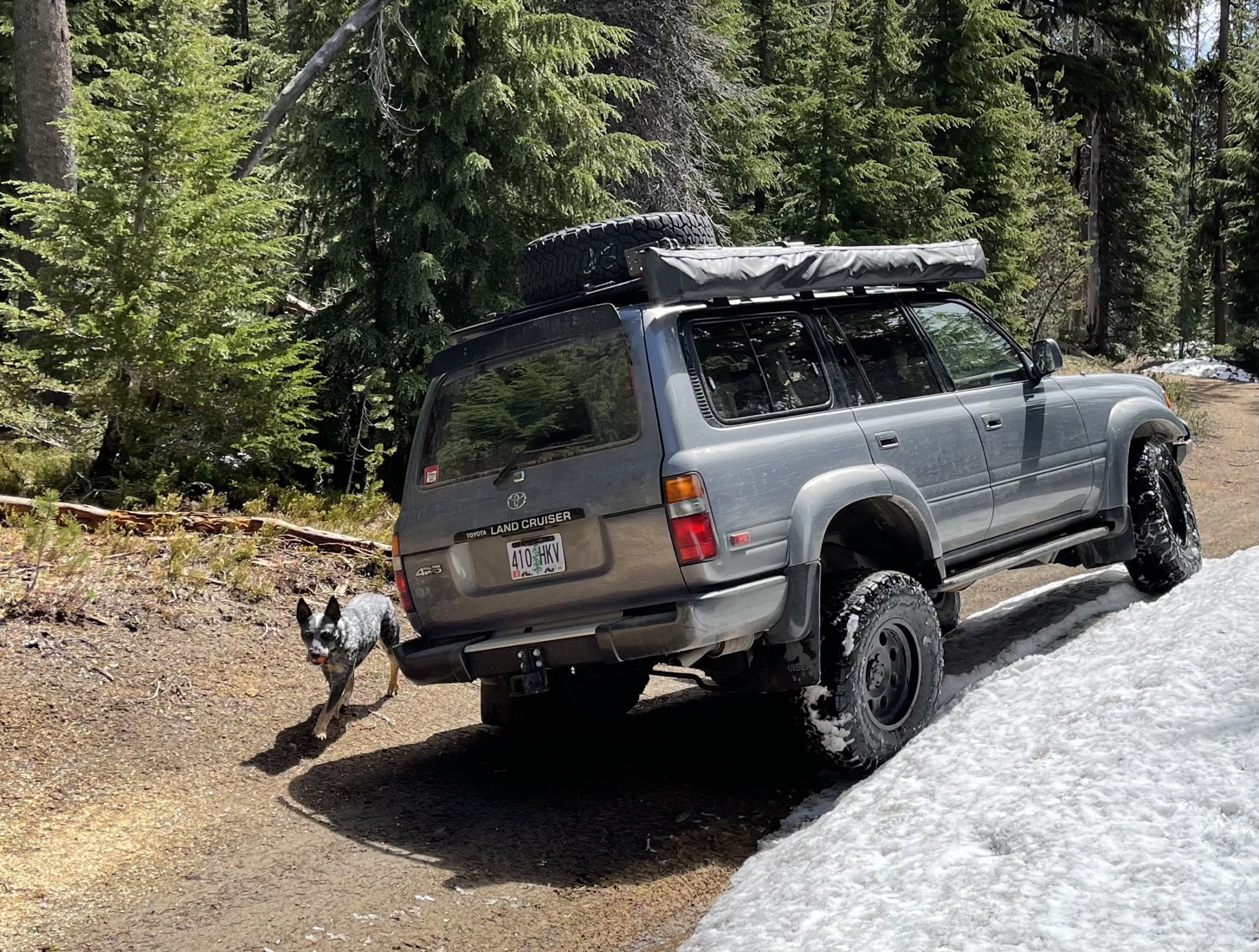
Jerad
MemberForum Replies Created
-
Shayne, I can relate to your frustration trying to help a reactive dog in an uncontrolled environment with random people and dogs. I struggled with this with a very reactive adult Cattle Dog I got from a rescue in the spring. Here a few things I discovered:
1) I had to find places that I could get some distance from other dogs so I could have some control over how intensely my dog was reacting. If the dog is totally flipping out they won’t learn. If they stay completely under threshold and aren’t being challenged by the environment, they also don’t learn quickly IMO.
2) I had to find a method of correction that was effective and fair for the dog. Prong collar corrections increased his aggression massively, which was unfortunate because it was a great tool for teaching heel when he wasn’t reacting. Main point of a correction is that it should interrupt the behavior and make it less likely to happen.
3) I practiced a lot with ever decreasing distance to other dogs. Main thing was keeping the dog accountable and focused on me. Robert says corrections should happen when the dog is away at the end of the leash, and I’m a believer. I correct when the dog tries to ignore me and reward heavily when he pays attention.
4) You’ll inevitably get in a space that’s too crowded and the dog will flip out. Just try and get out of there and let the dog calm down.
5) Consistency is great, but the definition of insanity is repeating the same action and expecting a different result. Different dogs respond to different techniques. Try things in a consistent manner and pay attention to how the dog reacts. If you’re barking up the right tree, you should see some progress. What worked well for my dog also changed as he improved. Heavy corrections seemed to rule at first, now I get the best results by nicely asking him to step away from the strange dog.
6) Be patient and mindful. I did things that made the problem worse with my dog on occasions. (See the prong collar comment) Over seven months of trial and error, I’ve built a relationship with the dog and know what he’ll respond well to.
7) Be prepared to put in work. You got a strong breed of dog. You’ll need to be stronger.
TLDR: You’ll have to use passing dogs as opportunities to train. Go to places you can control distance and the strength of the dog’s reaction somewhat. Try to minimize uncontrolled flip outs, but challenge the dog daily. Watch as many reactive dog tutorials as you can find and figure out what works best for your dog.

